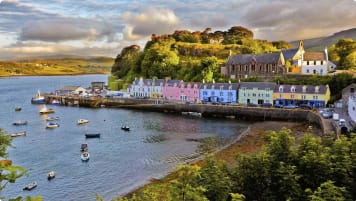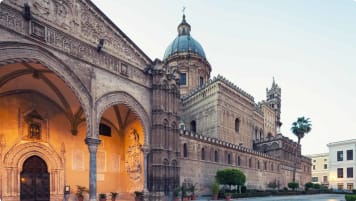Nelson Mandela Place
How Glasgow stood with the South African Leader Against Apartheid as part of learning about Scotland before joining a small group tour for senior couples and mature solo travellers.
12 Jun 19 · 6 mins read
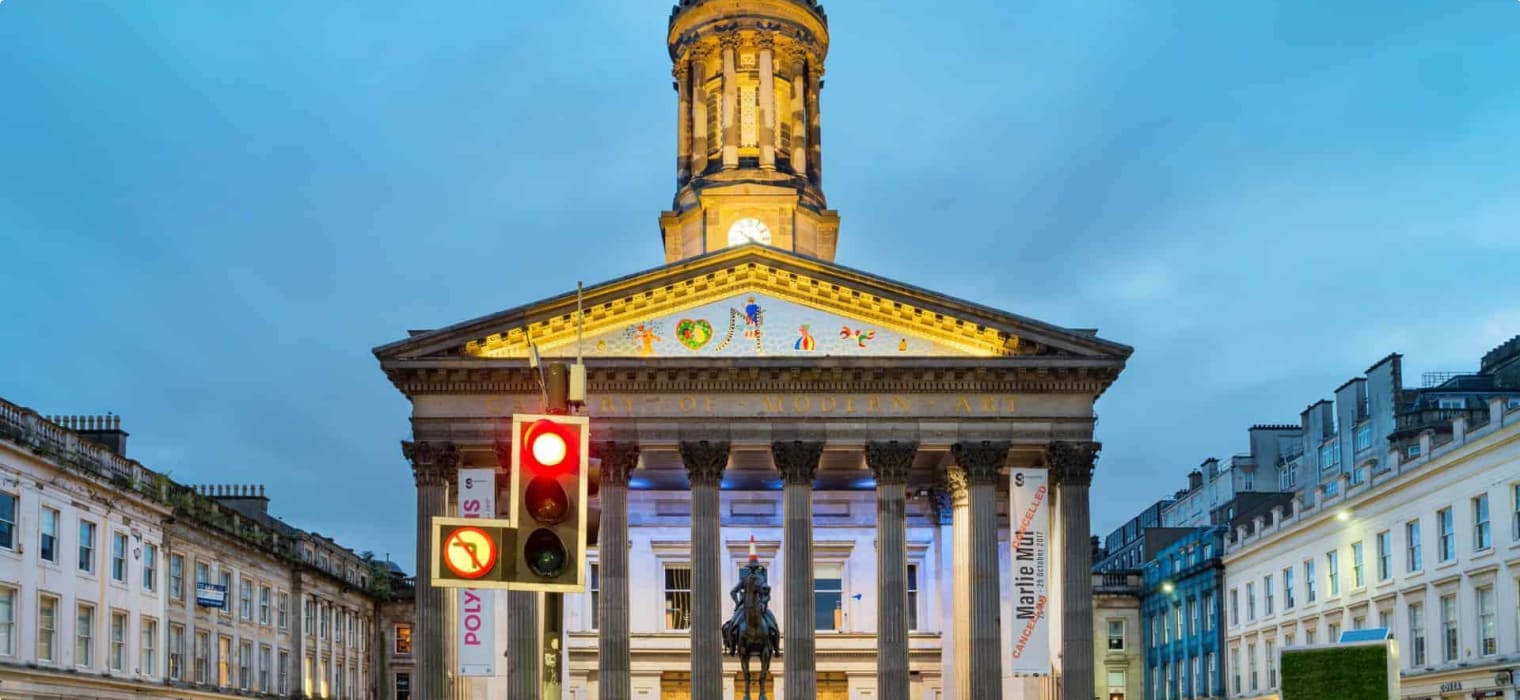
Nelson Mandela Place, Glasgow, G2 1QY
Right in the heart of the city of Glasgow in Scotland is Nelson Mandela Place, a busy public square enclosing the shops on Buchanan Street, the 19th century St George’s Tron Church, and the former hub of the Glasgow Stock Exchange. It was also the former location of the South African Consulate. What is incredible is that the square, originally named St George’s Place, was renamed in 1986 to honour a man who at the time was still in prison, condemned as a terrorist and sentenced to life imprisonment for challenging apartheid.
This article will tell the story of how a city nearly 10,000 kilometres from South Africa, embarrassed a consulate and publicly stood in solidarity with Nelson Mandela.
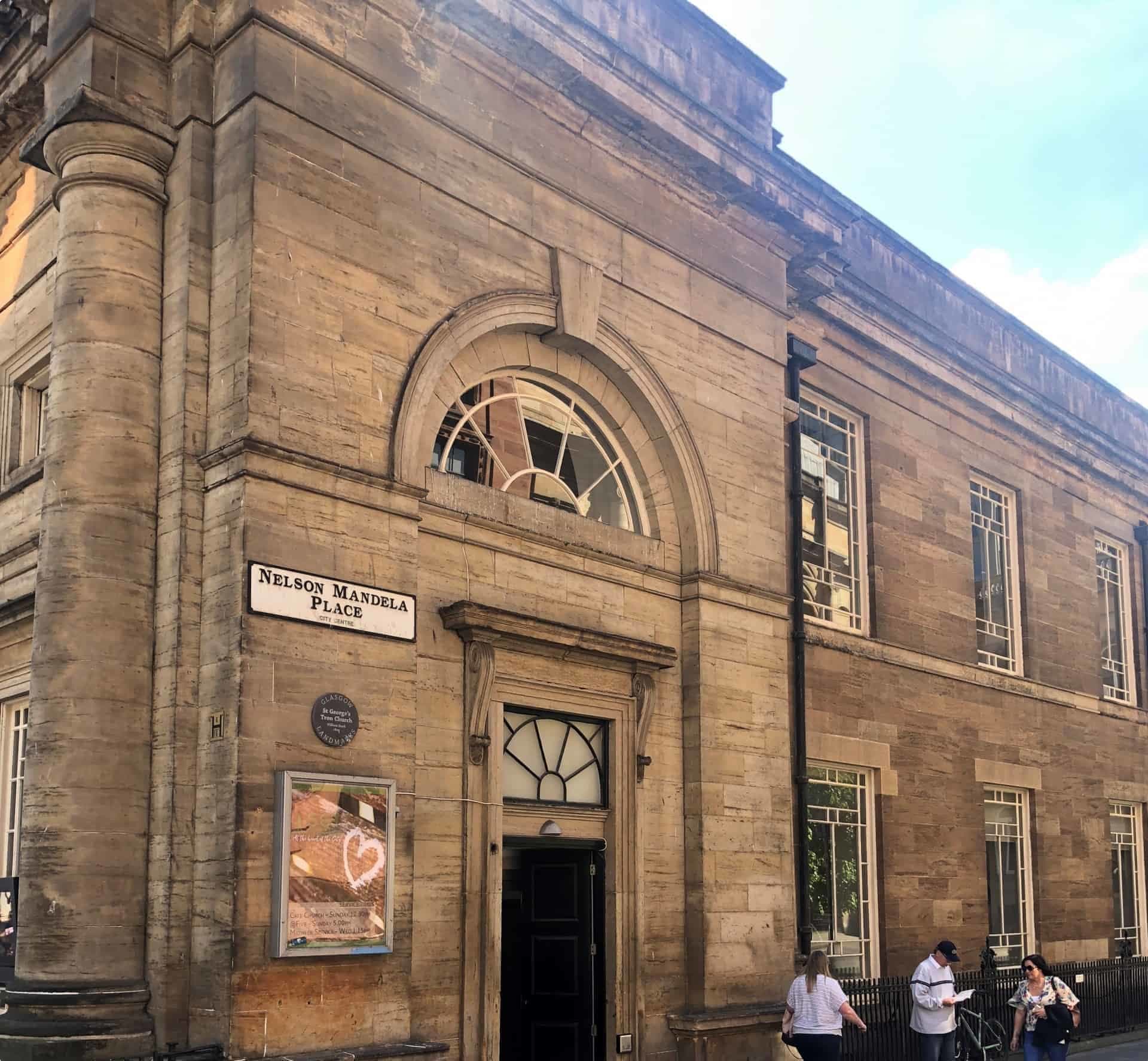
Rise of Apartheid
In our previous article about Southern Africa, we traced the European settlement in Cape Town to the founding of the Dutch East India Company (Vereenigde Oost-Indische Compagnie, or the VOC) in 1602. The VOC monopolised the trade in certain spices, increasing its profits by buying from Indonesia and selling the products for an enormous margin (14 to 17 times the original price) in Europe. In 1652, Jan van Riebeeck, representing the VOC, founded a Dutch settlement in South Africa at the foot of Table Mountain, an area which would later evolve into Cape Colony (modern-day Cape Town).
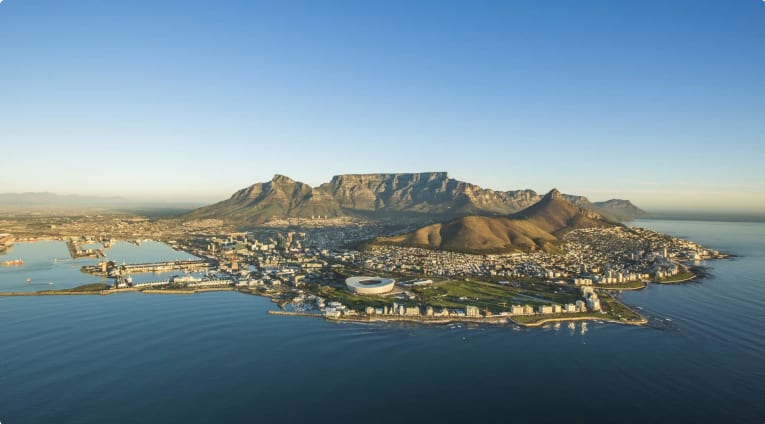
The British Empire took over the colony from the Dutch in 1806, and granted nominal independence to its African colonies, forming the Union of South Africa in 1910. Segregation already marked the first decades of the Union, as discriminatory statutes were passed defining the separation of the spheres inhabited by black people and white people. “White” meant Afrikaner, or those descended from the original Dutch settlers.
The South African Parliament declared the country “a sovereign independent state” in the early 1930s. In 1948, the minority Afrikaner-dominated, right-wing National Party came into power and made apartheid (in Afrikaans, “separateness”) a state policy.
Nelson Mandela and the ANC
Nelson Mandela was born eight years after the formation of the Union of South Africa, on July 18, 1918, to an African royal family who had largely lost their power to white colonisation. His great-grandfather was king of the Thembu people, and his father was principal counsellor to the king regent of the Thembu, Jongintaba Dalindyeb. Mandela was only 12 when his father died, and he was placed under the care of the king regent.
After tumultuous years in school, marked by political involvement and rebellion against authority, Mandela joined the African National Congress in 1944 where he helped form the ANC Youth League (ANCYL). The ANC was established just two years after the formation of the Union, made up of educated black South Africans who initially tried to resist apartheid through diplomacy, even sending representatives straight to London to plea for their case. When this failed, Mandela and fellow youth leaders in the ANCYL took a more militant path, first with forms of non-violent resistance (protests) and actively breaking apartheid laws (e.g. entering “white areas”). But apartheid remained the law of the land.
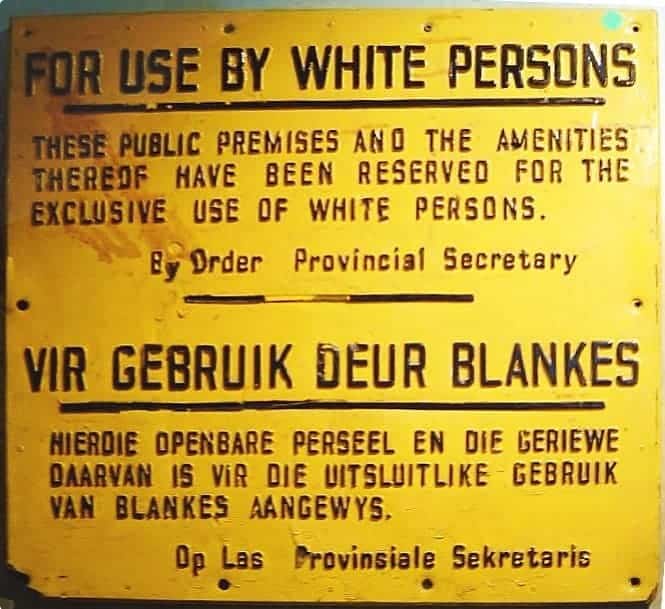
Mandela and more than 150 political leaders were arrested in 1956 in a mass police swoop. They were charged with high treason, and the so-called “Treason Trial” dragged on for years. He was still in prison on March 21, 1960 when police killed 69 unarmed people protesting the pass laws in Sharpeville. The “pass laws” required non-whites to carry documents authorising their presence in “white areas”. A state of emergency was declared in South Africa, and the ANC was banned. Mandela came to the conclusion that their non-violent means of protest might not be enough.
After Mandela and his colleagues were acquitted, he adopted an alias and went underground to prepare for armed struggle and establish the armed group Umkhonto weSizwe or “Spear of the Nation”.
Cecil Williams
He was joined at this point by the white South African theatre director and anti-apartheid activist Cecil Williams, who let Mandela use his Johannesburg apartment and his car. Williams would drive him around, but they usually had to swap roles “because a white man spotted driving a black man around would have been sure to attract attention.” Nevertheless, they were tracked down by police and arrested in 1962. Mandela would stand trial and be found guilty of sabotage; Williams would be placed under house arrest.
Upon his release, Williams fled South Africa and ended up in Anniesland, a district in the West End of the city of Glasgow.
Glasgow and the Anti-Apartheid Movement
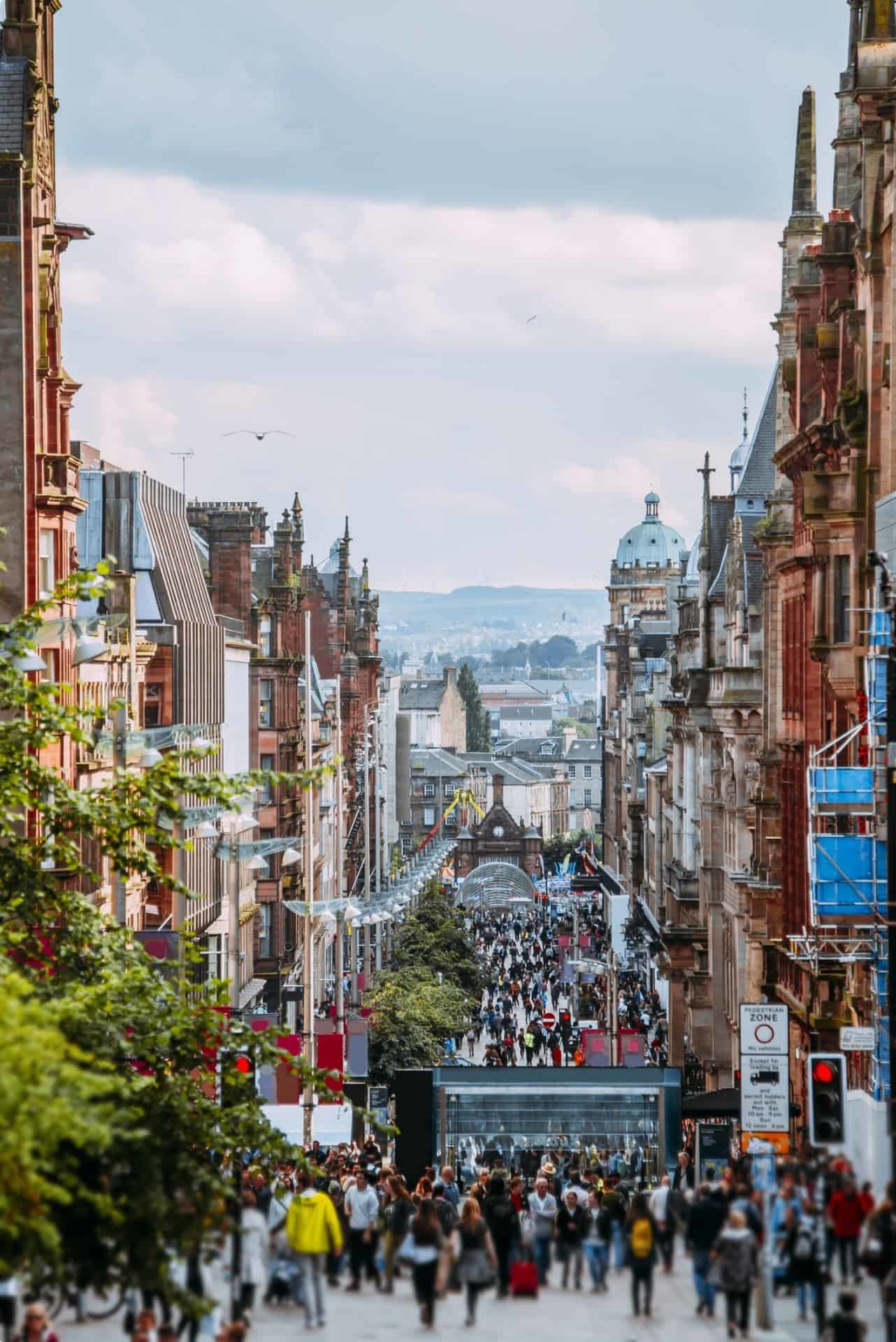
In Glasgow, Williams befriended a couple, Phil and Cathy Filling, activists in the local Labour and Communist movements and who became instrumental in the anti-apartheid campaign in Scotland.
Glasgow is not a stranger to political protests, particularly after the First World War. Memorable mass movements, as reported by Holly Lennon on The Scotsman, include the 1915 rent strike led by Scottish women when rent prices went up during the war with the influx of people looking for work in industrial parts of the city, and the 1919 Clyde Workers Committee strike in George Square calling for improvements in employment conditions. Both strikes led to positive results for the people.
The anti-apartheid campaign would unfortunately not gain traction in the 1960s and 1970s, even as the UN General Assembly denounced apartheid and the UN Security Council imposed a mandatory embargo on the export of arms to South Africa. As the Fillings’ son, Brian Filling, tells the BBC, at the time it was still “not fashionable to be associated with Mandela because he was widely regarded and reported in our media as a terrorist”.
As reported by The Scotsman, Mandela was regarded as a terrorist by many conservative political figures, including Margaret Thatcher, and “[a]s is the former House of Commons speaker John Bercow who was part of a group of young Conservatives who called for Mandela to be hanged.”
It was clear what the city of Glasgow thought of all this. As reported by David Pratt in The Herald, Scots protested apartheid in the highly visible forms of mass action such as rallies and concerts, but they also helped through clandestine means–acting as couriers and establishing safe houses in Glasgow for ANC activists in exile. These activities even attracted the South African Bureau for State Security, who deployed members in Glasgow to monitor activist movements.
“Nelson Mandela Place”
In 1979, the then Lord Provost of Glasgow, David Hodge, hosted a lunch with the South African ambassador. This lunch angered a lot of people and attracted protesters outside the City Chambers, with catering staff threatening not the prepare their food.
Brian Filling says it might have influenced the next Lord Provost, Michael Kelly, to give the freedom of the city to Nelson Mandela in 1981 (which inspired other cities and countries to follow suit), and to publicly call for Mandela’s release. By then, Mandela had spent 17 years of hard labour on the notorious Robben Island prison off the coast of Cape Town, where he was made to toil under the sun, digging up rocks in a limestone quarry.
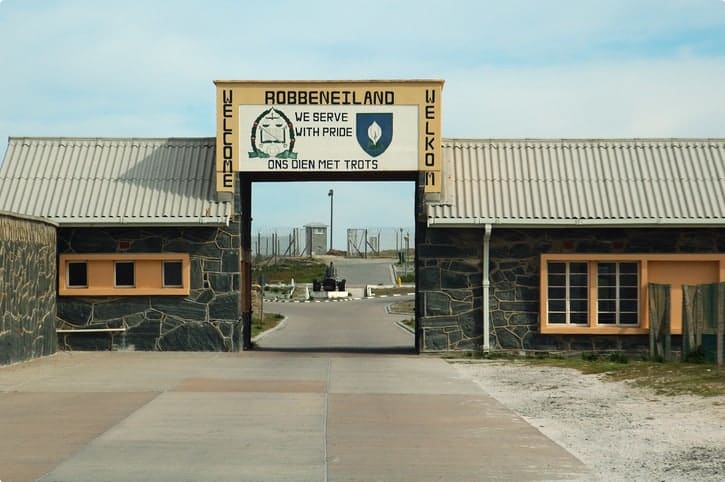
Five years later, Glasgow changed the name of St George’s Place to Nelson Mandela Place. The South African consulate-general was then holding offices on the fifth floor of the Glasgow Stock Exchange building.
Now the consulate had to release official communication with an address bearing the name of South Africa’s most high-profile political prisoner.
Freedom
Meanwhile in South Africa, UN economic sanctions and growing international pressure led to a recession. Skilled whites began leaving the supposed bastion of white racial domination in the African continent. As global denunciation grew louder, South African President Frederik Willem de Klerk repealed basic apartheid legislation and freed political prisoners. On February 1990, after 27 years in prison (18 of which were spent on Robben Island), 71-year-old Nelson Mandela was finally free.
In 1992, De Klerk held serious talks with Mandela and other black leaders to re-enfranchise black people in South Africa and dismantle the apartheid system. In 1993, Mandela and De Klerk jointly won the Nobel Peace Prize for their collaboration to peacefully transition to majority rule.
Also in 1993, Brian Filling, then chairperson of the Scottish Anti-Apartheid Movement, organised Mandela’s visit to Glasgow so Mandela can personally collect his honour of the keys of the city. (Filling is current chair of the Nelson Mandela Scottish Memorial Foundation and Honorary Counsel to South Africa for Scotland.)
Mandela addressed a crowd of 10,000 and thanked the “Citizens of Glasgow” for their stand against apartheid:
“While we were physically denied our freedom in the country of our birth, a city 6,000 miles away, and as renowned as Glasgow, refused to accept the legitimacy of the apartheid system, and declared us to be free[.]”
In 1994, democratic elections in South Africa resulted in a decisive victory for the ANC, and Nelson Mandela became South Africa’s first black head of state and first democratically elected president post-apartheid.
Upon Mandela’s passing in 2013, Glaswegians laid floral tributes in the public square that still bears his name.
If you want to learn more, Odyssey Traveller regularly organises small group tours especially designed for seniors, with tours exploring Southern Africa including Cape Town, and the cities of Liverpool, Newcastle, and Glasgow. Odyssey’s educational tours focus on history and culture, allowing travellers to more fully appreciate the sights in the context of past events. Check out other exciting destinations through this link!
Updated August 2021.
Related Tours
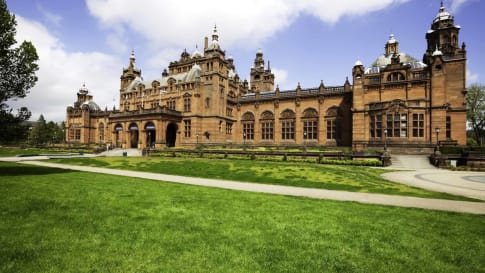
days
Glasgow Short city stay
Visiting Scotland
Short tour of Glasgow of up to 5 days. Designed as a short tour for those who wish to spend additional time in places at the conclusion of their tour.
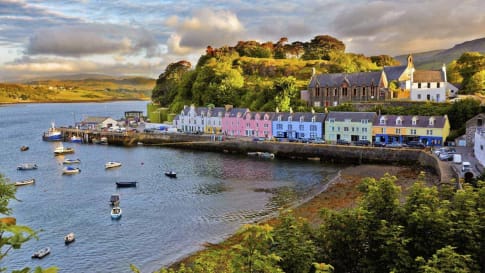
20 days
May, Jul, Aug, SepScottish Islands and Shetland small group tours for seniors
Visiting Scotland
An escorted small group tour for couples and solo travellers of the Scottish isles including the isle of Skye draws on local guides to share their knowledge of the destinations in this unique part of Scotland. UNESCO world heritage site are visited as breathtaking scenery and authentic experiences are shared in a group of like minded people on this guided tour of remote Scotland.
From A$17,525 AUD
View Tour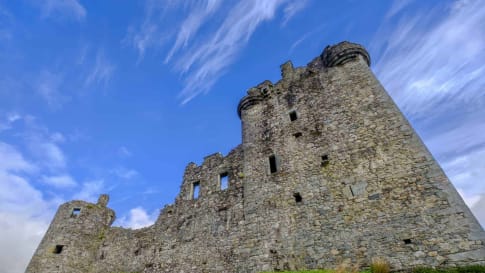
22 days
Jul, Sep, Jun, AugScotland small group tour | Tracing 5,000 years of history
Visiting Scotland
This guided tour of Scotland with a tour leader and local guides includes the isle of Skye, Orkney islands, the Scottish highlands with breathtaking scenery. Edinburgh including the royal mile, Palace of Holyroodhouse, Fort William, Urquhart castle, Stirling castle, loch lomond, Hadrians wall and New Lanark also a UNESCO World heritage site.
From A$15,995 AUD
View Tour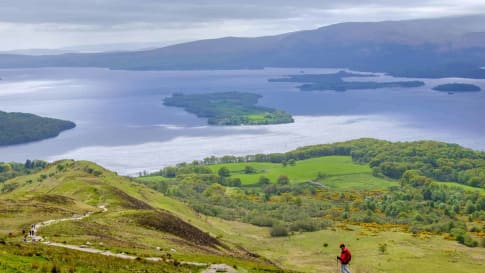
13 days
Jun, Aug, MayScotland's Great Trails Walking Tour
Visiting Scotland
An escorted walking tour of Scotland. This trip is mainly in the Scottish Highlands. Your tour leader guides you to Stirling Castle, Loch Lomond and Craignorms National park with experienced local guides. The tour for mature couples and solo travellers finishes in Edinburgh with time to visit Edinburgh Castle and the Royal mile a UNESCO World heritage site.
From A$11,560 AUD
View Tour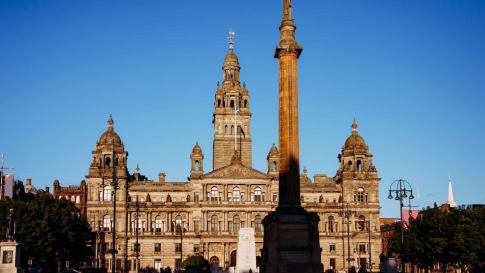
From A$13,915 AUD
View Tour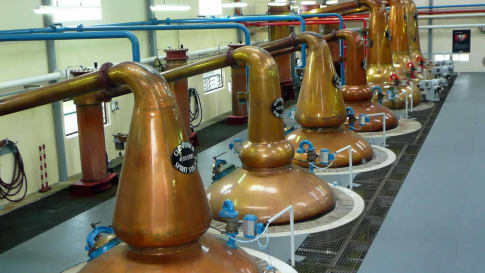
19 days
JulWhisky and Other Scottish Wonders
Visiting Scotland
A guided small group tour of Scotland is a day tour collection that includes Edinburgh, the royal mile, Edinburgh castle, and the old town a UNESCO World heritage site Experience and learn about, Kellie castle, St Andrews, Skye, Balmoral castle, Loch Lomond and Loch Ness as well touring the Scottish highlands to finish in Glasgow.
From A$18,395 AUD
View Tour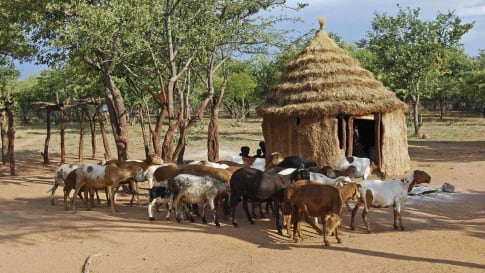
19 days
AugSouthern Africa Tour | Fully Escorted Africa Tour for Seniors
Visiting Botswana, South Africa
Experience as a small group tour for couples and solo travellers, the beautiful landscapes of the Garden route and the unique wildlife at places such as Kruger National Park, Cape Town, Victoria Falls and Chobe Game Reserve. During the program participants will have the opportunity to learn about the culture, the politics and the social issues facing South African people in Soweto and more. How the natural resource managers are caring for their wildlife reserves in the face of land enclosure, climate change and poaching.
From A$12,095 AUD
View TourRelated Articles
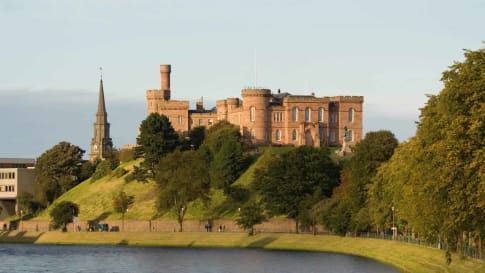
Birth of Scotland
Escorted small group tours for senior couples and mature solo travelers seeking to learn. Article about Scotland and you can learn more about the Jacobites, Orkney or Shetland islands as well Edinburgh, Aberdeen and more.

Country Spotlight: Scotland
Article sets the platform for small group tours learning about Scotland and the Scottish isles for senior couples and solo travellers.

Edinburgh, Scotland
Article about the capital of Scotland, Edinburgh. Senior couple and mature solo travellers explore this city and Glasgow plus the Scottish isles in writing and on a small group tour with like minded people.

Scotland & Scotch Whisky
Article for senior and mature solo and couples taking a small group tour of Scotland or the isles of Scotland including Iona, Orkney, inner and outer Hebrides to learn about the ancient history including standing stones to the industrial revolution.

Travellers exploring Glasgow's Architectural Heritage
Article about Glasgow Architectural heritage, led by the Industrial revolution, in Victorian Britain, wealth flowed to Scotland to Glasgow and Edinburgh. See and learn on a small group tour for senior couples or mature solo travelers.
